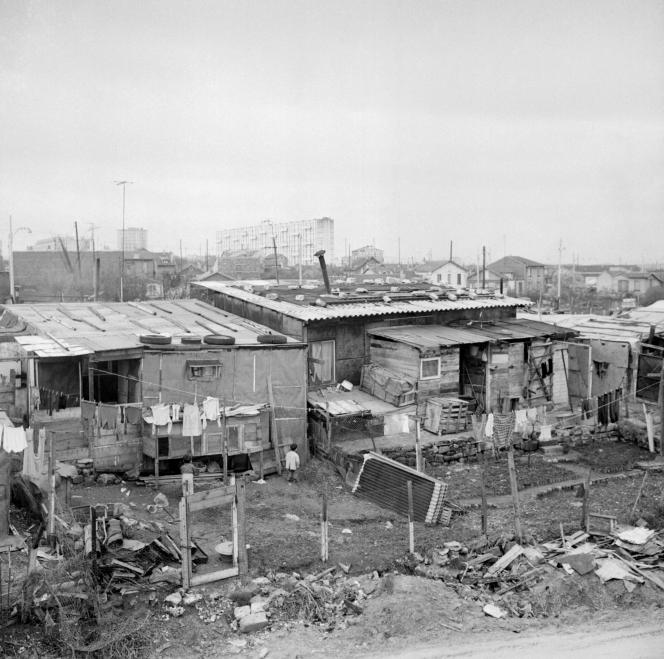This morning of November 2, 1964, suburban trains from Paris Saint-Lazare stop as usual at Nanterre-La Folie. But, on this Monday of the start of the academic year, new silhouettes are scattered in this unwelcoming landscape: young people in their twenties – boys in jackets, shirts, often with ties and, less numerous, girls in dresses or skirts descending at the height of the knees -, breaking in waves at the exit of the station. Here they are, hesitating on the direction to take in the middle of the cesspool of a muddy trench from which the tracks of the RER A and the new Nanterre-University station will emerge in several months.
They are nearly a thousand students, the majority of them from Paris, who registered during the summer at this new faculty of letters and social sciences: the University of Paris-Nanterre from where, on March 22, 1968 , will start the student revolt, prelude to the great movement of May 68. But, at the beginning of the 1960s, the country is not there. It is necessary to relieve the Sorbonne, which threatens to overflow, and the authorities chose this former military site of the air force to erect five buildings there connected by a huge corridor.
Barely three years earlier, a few hundred meters away, a slum populated by Algerian workers covered part of this space located about ten kilometers west of the capital. They had been there since the end of the war, working on the reconstruction of the country or on the lines of the car factories of Simca and Citroën. Parked hastily in this area in the middle of nowhere, they had improvised huts of boards, corrugated iron and other recycled materials.
Populations relocated further away
At the start of the 1960s and the Ve Republic, Nanterre is a gigantic construction site dotted with cranes that the fury of mechanical machinery competes with the din of jackhammers. In 1958, the State planned the creation of a business district at the gates of Paris. The public establishment for the development of the region of La Défense comes out of the boxes, and norias of diggers begin a merry-go-round that will last more than twenty years.
Gradually, the slums, scars of misery scattered here and there on this piece of territory between the Seine and the quarries, inherited from the history of internal and external migrations – there are about ten in the locality – are destroyed. At the height of the Algerian war (1954-1962), they were bastions of the metropolitan branch of the National Liberation Front and paid the price for it on the evening of the demonstration of October 17, 1961. An old quarter made up of he pile of heterogeneous dwellings, refuge of the ragpickers, is razed. All these populations of various origins who have only their destitution to share are rehoused further west, in cities of transit announced as temporary.
You have 68.08% of this article left to read. The following is for subscribers only.
